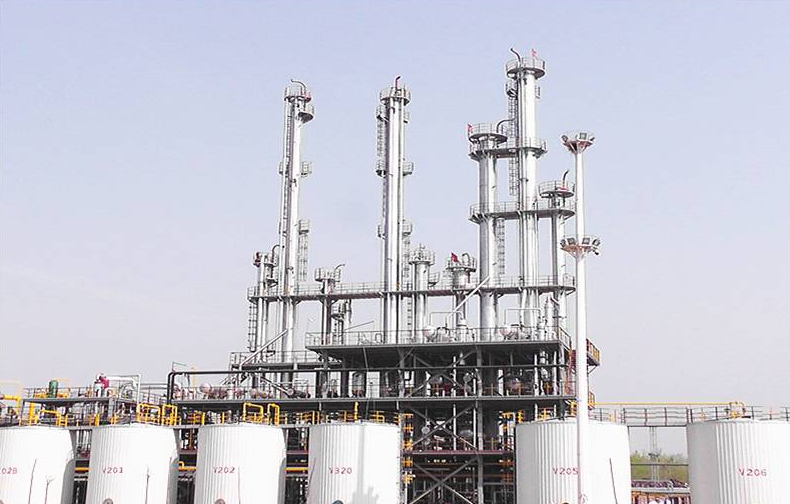What Is Acrylic (PMMA)?
Acrylic, also known as Polymethyl Methacrylate (PMMA), is a transparent and rigid plastic commonly used as a substitute for glass in products such as shatterproof windows, illuminated signs, skylights, and aircraft canopies. PMMA is an important member of the acrylic family of resins, created through the polymerization of methyl methacrylate.
PMMA is also referred to by various trade names and brands, including Crylux, Plexiglas, Acrylite, Perclax, Astariglas, Lucite, and Perspex. It is often used in sheet form as a lightweight and shatter-resistant alternative to glass. Additionally, PMMA can be used as a casting resin and in inks and coatings. PMMA belongs to a group of materials known as engineering plastics.
How Is Acrylic Made?
Polymethyl methacrylate is made through polymerization, as it is one of the synthetic polymers. First, methyl methacrylate is put in a mold with a catalyst added to speed up the process. Because of this polymerization process, PMMA can be shaped into many forms, such as sheets, resins, blocks, and beads. Acrylic glue can soften pieces of PMMA, allowing them to be welded together.
PMMA is easily manipulated in various ways. It can be bonded to other materials to enhance its properties. Through thermoforming, it becomes flexible when heated and solidifies when cooled. PMMA can be cut to size using a saw or laser cutting. Polishing can remove surface scratches, helping to maintain its integrity.

What Are the Different Types of Acrylic?
The two main types of acrylic plastic are cast acrylic and extruded acrylic:
- Cast Acrylic: Cast acrylic is more expensive to produce but offers superior strength, durability, clarity, thermoform range, and stability compared to extruded acrylic. It has excellent chemical resistance and can be easily colored and shaped during manufacturing. Cast acrylic is available in a wide range of thicknesses.
- Extruded Acrylic: Extruded acrylic is more economical and provides a more consistent, machinable material than cast acrylic, though it has reduced strength. It is easy to work with and machine, making it an excellent substitute for glass panes in various applications.
Other types of acrylic are differentiated by factors beyond the manufacturing technique, such as grades of acrylic plastic that offer unique heat resistance, light transmission, impact strength, flow rate, or release characteristics for specific engineering applications. These grades can also come with coatings to enhance scratch resistance, fogging properties, and glare reduction.
Acrylic is also widely used in paints, where pigment particles are suspended in an acrylic polymer emulsion. When dried, acrylic paint is resistant to water, scratches, cracking, and UV radiation, and it leaves an attractive glossy finish. Additionally, acrylic paint can serve as a protective coating, such as in exterior wall paint.
What are the uses of Acrylic (PMMA)?
Acrylic (PMMA) finds widespread applications across various industries. It is utilized in automotive lighting, household appliances, eyeglass lenses, durable window panels, skylights, bulletproof barriers, signage, LCD screens, furniture, and even acrylic nails. Additionally, PMMA serves as a coating for MMA-based polymers, providing stability against environmental factors and reducing VOC emissions. Methacrylate polymers, derived from PMMA, are indispensable in medical and dental fields where purity and strength are paramount.
PMMA serves as a cost-effective substitute for polycarbonate in scenarios where tensile strength, flexibility, transparency, and UV resistance are crucial. Unlike polycarbonate, PMMA lacks bisphenol-A components and is preferred for laser cutting. Despite its inherent brittleness and susceptibility to scratching compared to traditional glass, modified PMMA can achieve notable scratch and impact resistance.
The mechanical robustness and low toxicity of PMMA make it a preferred material for biomedical applications, such as hip-joint replacements, due to its inert nature and slow degradation. Blending polycaprolactone with PMMA enhances the material's suitability for biomaterial applications.
In home improvement and architecture, PMMA finds utility in shatterproof skylights, shower units, and even as an alternative to ceramic tiles. Its application extends to soundproof rooms, audio studios, and automobile interiors.
For windows, PMMA's lightweight and versatility make it an easier installation option compared to glass. Moreover, its fracture-resistant properties ensure safety, as broken pieces are dull-edged rather than sharp splinters.
In DIY projects, PMMA's ease of use and safety make it a popular choice for constructing art structures, coasters, picture frames, shelving units, and protective table covers.
In medical technology, PMMA's compatibility with human tissue makes it ideal for manufacturing intraocular lenses for cataract treatment and bone cement for orthopedic procedures.
Why is Acrylic So Widely Used?
Acrylic finds extensive use due to its advantageous properties reminiscent of glass, but without the fragility concerns. Acrylic glass boasts excellent optical qualities, matching the refractive index of solid glass. Its shatter-resistant nature enables designers to employ it in scenarios where glass would pose safety risks or prove inadequate, such as in submarine periscopes or airplane portholes. For instance, the prevalent form of bulletproof glass comprises a single piece of ¼” thick acrylic, known as monolithic acrylic.
Moreover, acrylic lends itself well to injection molding, enabling it to adopt nearly any shape conceived by mold makers. Its blend of strength, ease of manipulation, and machinability renders it a versatile material, explaining its widespread adoption across consumer and commercial sectors.
What is the Difference Between Polymethyl Methacrylate (PMMA) and Methyl Methacrylate (MMA)?
The difference between PMMA and MMA is that PMMA is made from methyl acrylate. PMMA is a polymer of methyl methacrylate without any other substance. It is an amorphous and transparent polymer produced through free-radical polymerization.
Methyl methacrylate (MMA) is a monomer known as methacrylic acid and methyl ester. MMA is a primary building block for acrylic-based polymers and applications, including safety glazing, adhesives, exterior paints, vinyl impact modifiers, and illuminated light displays.
MMA is foundational for many acrylate polymers and is an essential comonomer in paint, coatings, and adhesives resin formulations. MMA elevates the Tg (glass transition) in free radical initiated copolymers and contributes durability, strength, transparency, and UV & abrasion resistance.
Photopolymer systems based on acrylate monomers are a mixture of prepolymers (polymers not completely polymerized) and photoinitiators that initiate because of emitting UV or any other kind of radiation polymerization reaction. As a result, the acrylate prepolymer becomes wholly polymerized.
















